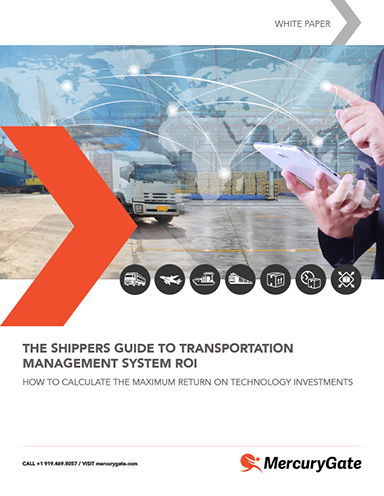The Shippers Guide to Transportation Management System ROI
How to calculate the maximum return on technology investments.
It’s a well-established fact in the supply chain field that Transportation Management Systems (TMSs) have a good track record of delivering significant value to companies that need to move freight from point of origin to point of destination.
Through industry studies and first-hand accounts, companies that have deployed a TMS for their transportation operations achieve significant savings and other benefits. Whether cloud or traditional onpremise architecture, the TMS is no longer a ‘nice-to-have,’ but a necessity for increasing visibility and managing complex transportation networks.
In 2011, and then again in 2016, the ARC Advisory Group studied the return on investment (ROI) for a TMS. In 2011, ARC analysts discovered the ROI of a TMS was consistent and strong. Five years later, they found that not only did ROI continue to be strong, it was growing. And while reasons for the growth in ROI vary, all indications are the advancements in the technology capabilities, ease of use, user training, better implementations, and planning all play a part in how shippers are extracting greater value from their transportation technology.
Taking a deeper look at the technology needs of transportation departments, Ohio State University Logistics Professor Jim Hendrickson conducted research into the value that supply chain execution systems provide. In his 2016 report, Hendrickson examined the time to break even for some of the most common transportation technologies, including, Warehouse Management Systems (WMS), TMS, and others. For TMS, Hendrickson found that it had a significantly lower break-even than other technology. More than 40 percent of respondents reached break-even for their TMS within 6 months to 1 year, and another 25 percent reached break-even by 18 months.
And, as Hendrickson states in his report, despite the need of companies to leverage modern technology to drive cost savings, new business models, and global management, many still struggle to achieve the full value of such initiatives. The takeaway here is that technology alone does not drive value. It requires buy-in, a dedication of time, and direct management.
What’s Related
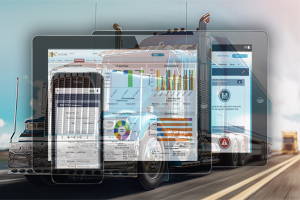
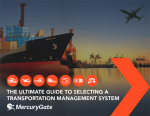
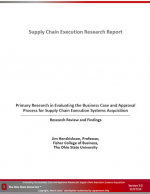
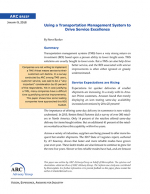
Favorites





